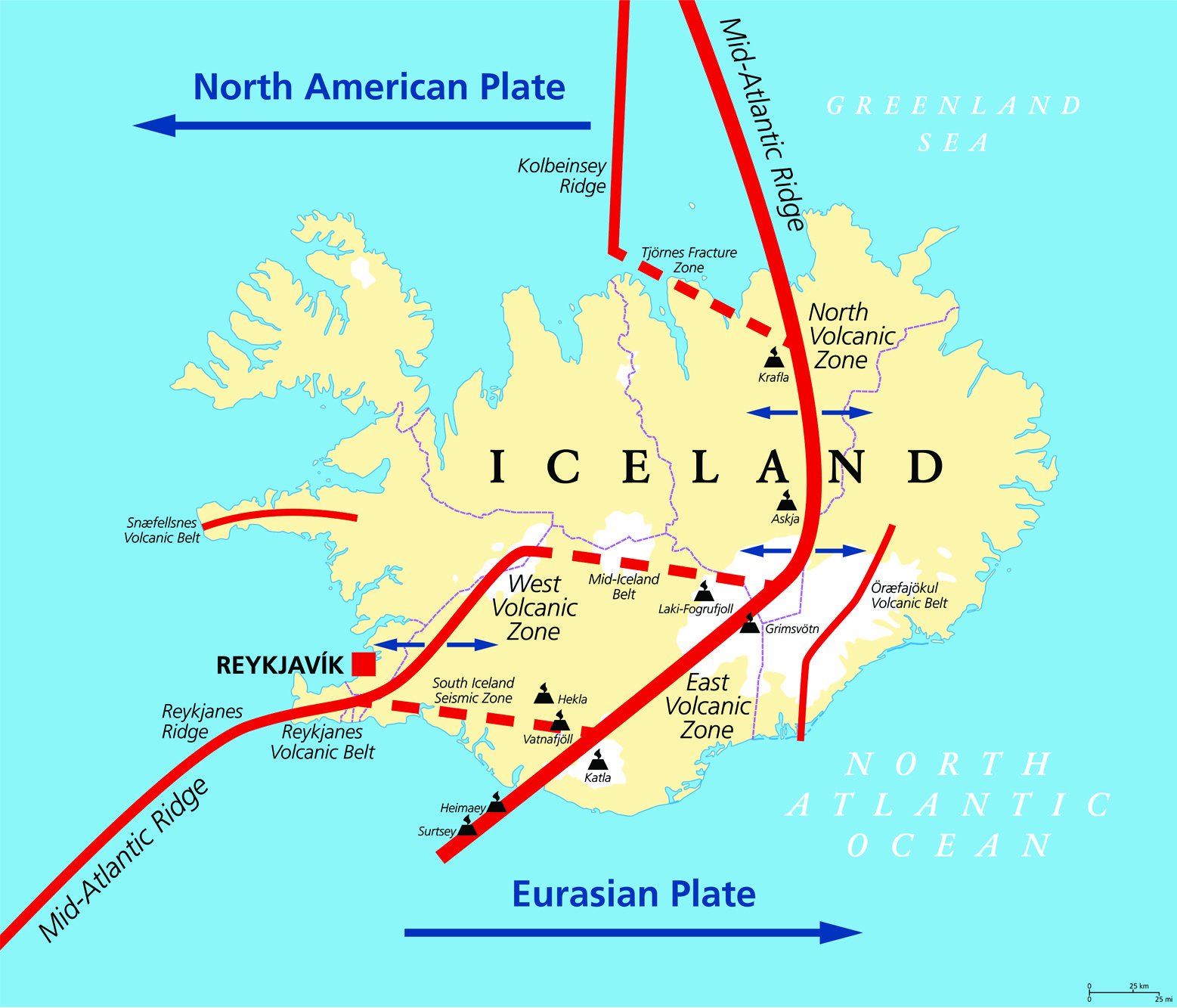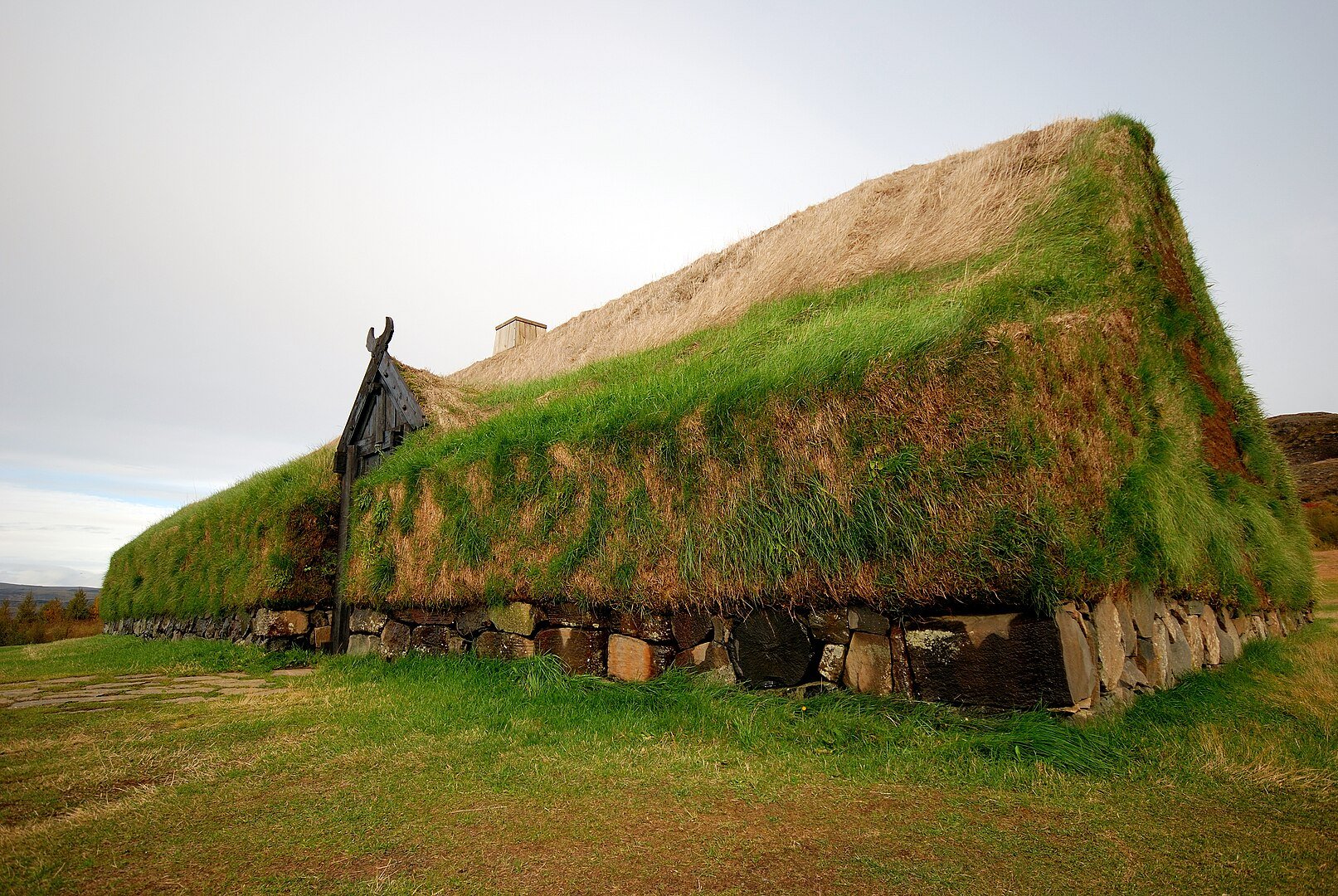In 1104, Hekla, a fissure stratovolcano in the south of Iceland erupted violently with a VEI of 5, covering over 55,000 km2 (roughly half of Iceland) in a layer of rhyodacitic tephra.
The volcano is located in Iceland’s West Volcanic Zone on the Mid-Atlantic Ridge, a diverging plate boundary between the North American and Eurasian tectonic plates.
Iceland is also situated on a hotspot known as the Iceland plume, a volcanic locales thought to be fed by the underlying mantle that likely contributed to the formation of the island.
At the time of the eruption, the area of the Þjórsárdalur Valley, located 15 kilometres north of Hekla, was inhabited by Norse settlers living in large communal farmsteads.
The settlers had prospered from the quality soil and abundant natural resources, however, by the end of the eruption the valley lay desolate, earning the volcano the moniker of: “The Gateway to Hell”.

Hekla had been dormant for at least 250 years, when suddenly it erupted in 1104 into a plume of super-heated tephra. It is possible that the valley inhabitants had some warning signs in the form of tremor swarms or melting snow, but these are typical of the region due to the high level of volcanic activity.
Based on archaeological evidence, the valley encompassed around 21 farmsteads that were first constructed in AD 950. Deposits of thick ash and tephra buried the farmsteads and left the farmlands uninhabitable, forcing the inhabitants to abandon their homes.
One of the farmsteads was Stöng, a longhall situated in Gjáin, which was found by archaeologists in 1939 in a remarkable state of preservation. The longhall measures 17 metres long by 6 metres wide, with walls made from wainscoted and thick turf.
Several generations lived together in the longhall, alongside workers, slaves, and even courtesans and their children.
Similar to other longhall examples found across Iceland, raised platforms along the walls of the eldaskáli (fire hall) were used for sleeping and domestic activities, while a lokrekkja or lockable bed-closet was reserved for the head of the family.
From the hall, two back-houses branched out at perpendicular angles. The smaller structure served as a privy, potentially doubling as a bathhouse or sauna. The other was used as a búr, functioning as a larder for food preservation.
Near to the longhall are associated buildings, including a small storage building for foodstuffs such as stockfish, smoked and dried meats, in addition to a cowshed, smithy, and a small turf-clad church.
In 1974, as part of the national celebrations of the 1100th anniversary of the settlement of Iceland, Stöng was reconstructed at the Commonwealth Farm in Þjórsárdalur (Thjorsardalur).
Header Image Credit : Thomas Ormston – CC BY-SA 3.0





